The leg press machine is a powerful tool for building leg strength, but its effectiveness hinges on proper foot positioning. Foot positioning on a leg press is not just a matter of personal comfort. It's a strategic decision that can significantly impact your workout results.
Let's dive into the nuances of leg press foot placement and unlock the potential for maximum muscle gains.
Understanding Leg Press Mechanics
The leg press machine is a staple in strength training, renowned for its ability to target the powerhouse muscles of the lower body. Unlike free-weight exercises, it provides controlled isolation, making it suitable for lifters of all levels.
By placing your feet differently on the press platform, you're essentially tuning the machine to work various leg muscles. This customization level makes the leg press exercise so versatile and effective.
Different Foot Positions and Their Effects
Knowing how different foot positions influence your leg press workout is essential for targeting specific muscle groups and reaching your fitness goals. Let's explore the various leg press foot placements and how they can enhance your training.
High Foot Position
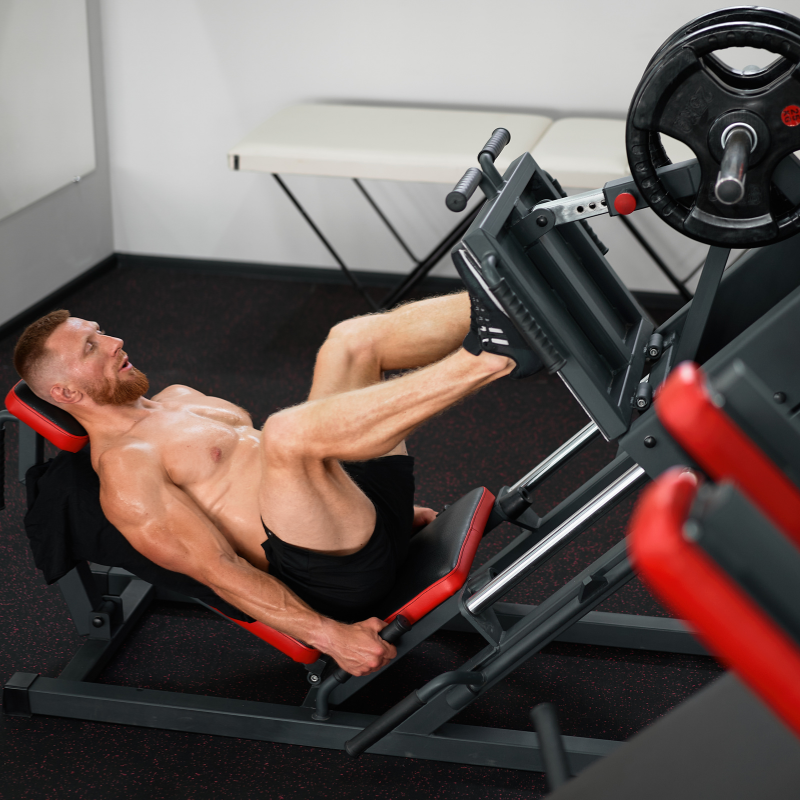
When you place your feet higher on the leg press platform, you shift the focus of the exercise to your hamstrings and glutes. This high foot placement technique reduces the involvement of your quadriceps, allowing for a more intense workout for your posterior chain.
It's also an excellent choice for individuals looking to enhance overall lower body development and balance.
Low Foot Position
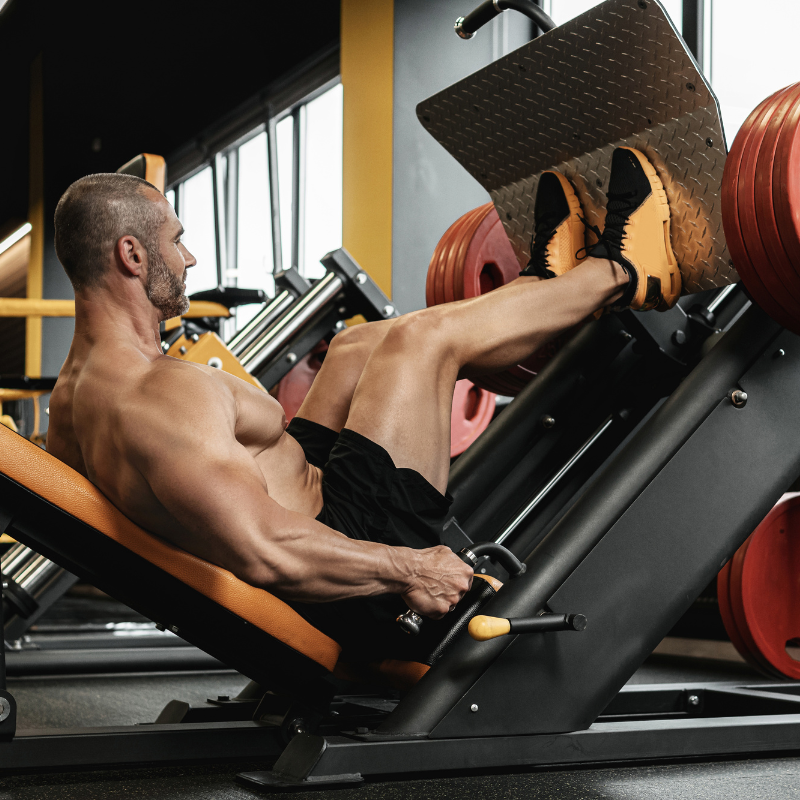
Conversely, a low-foot placement on the leg press platform emphasizes your quadriceps more. The lower position encourages deeper knee flexion, which recruits more thigh muscles during the exercise.
When you take this stance, it's important to ensure that your knees do not extend beyond your toes to prevent undue stress on the knee joints.
Wide Stance
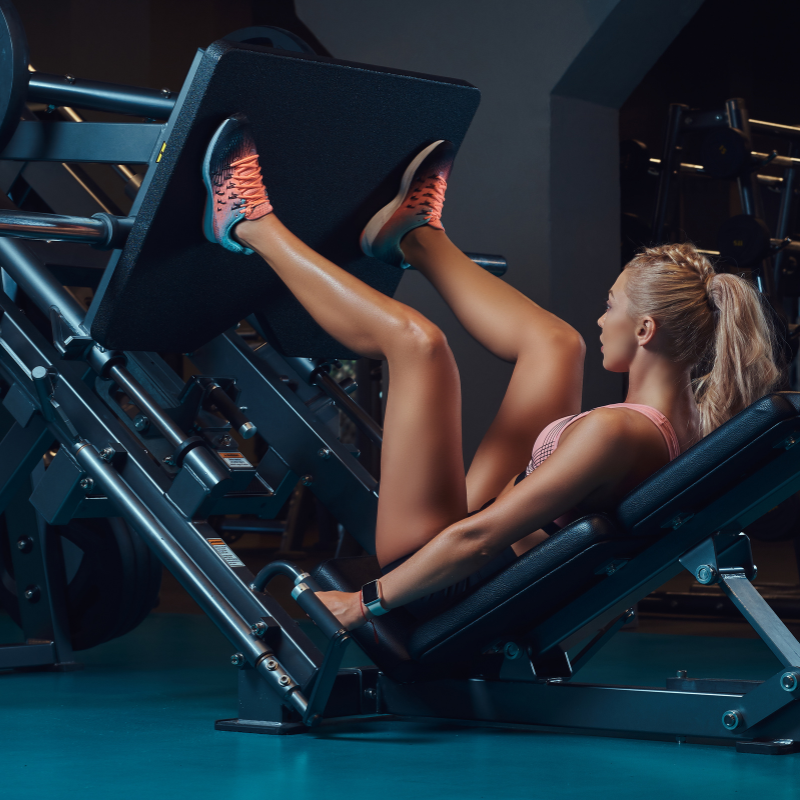
Adopting a wide-stance leg press, where your feet are wider than your hips, targets the inner thigh muscles, glutes, and hamstrings. This foot placement variation allows for a wider hip placement comfortably and can also help engage the outer thigh muscles.
The wide stance benefits those who wish to improve their hip mobility and work on the adductor muscle group.
Narrow Stance
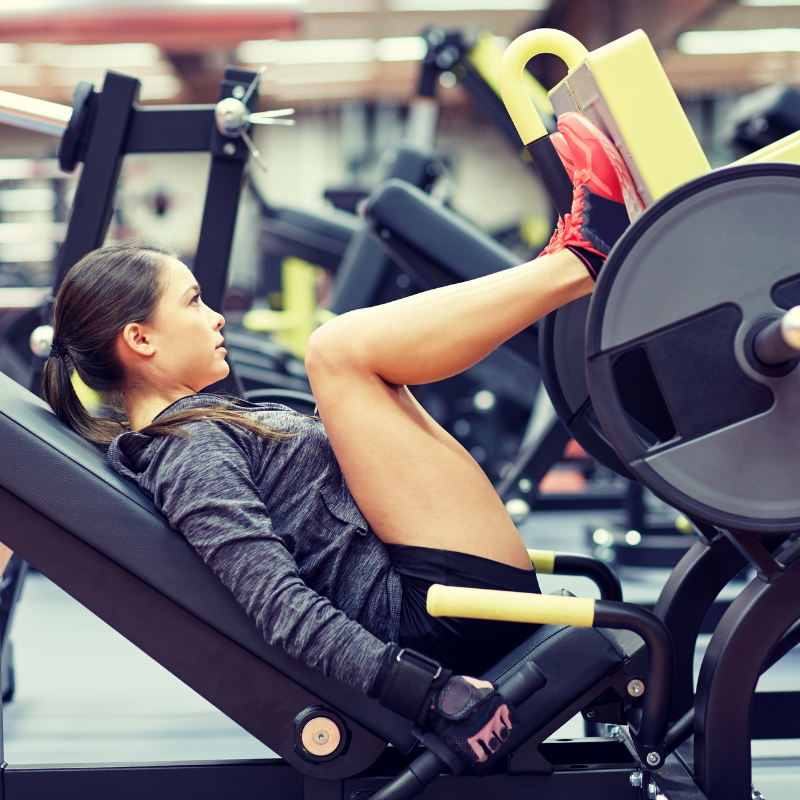
With feet closer together, the narrow-stance leg press primarily targets the outer quad muscles. This narrow foot placement allows for a different hip extension angle and can help sculpt the outer thighs.
It's a great option for those looking to add variety to their leg workouts and focus on developing the quadriceps.
How to Find the Best Foot Position for Your Goals
Choosing the optimal foot position on the leg press machine varies based on your fitness objectives and which muscles you want to focus on.
Focusing on Quadriceps
If your goal is to build powerful and defined quadriceps, consider a standard or low foot placement. These positions allow for greater activation of the front thigh muscles during the leg press exercise.
Ensure that your feet are placed at hip width or slightly narrower, and focus on achieving full range of motion to maximize engagement of the quadriceps.
Targeting Hamstrings and Glutes
A high foot placement or a wide stance can be most effective for strengthening and enhancing the hamstrings and glutes. These positions allow for greater hip flexion and extension, key movements for engaging the posterior chain.
Make sure your feet are high on the platform or wider than shoulder-width apart, and focus on driving through your heels to activate the hamstrings and glutes fully.
Leg Press Machines from Powertec
Enhance your home gym with the robust design of Powertec Leg Press machines, offering flexible financing options to fit your budget.
Powertec Leg Press
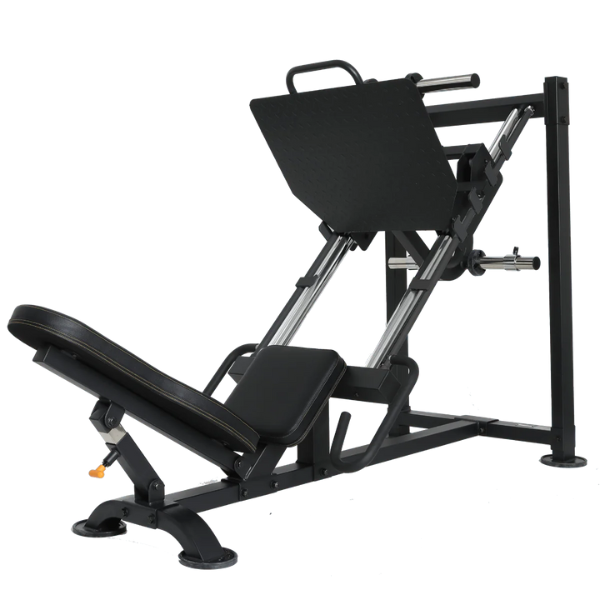
The Powertec Leg Press is a high-capacity, space-efficient leg press machine, ideal for home gyms. It boasts dual safety catches, a large 29 x 22-inch footplate, and an adjustable backrest to accommodate various user sizes for a comfortable workout. Additionally, it offers precision with three lock settings for different user heights, ensuring safety and a full range of motion during exercise.
Compact Leg Sled
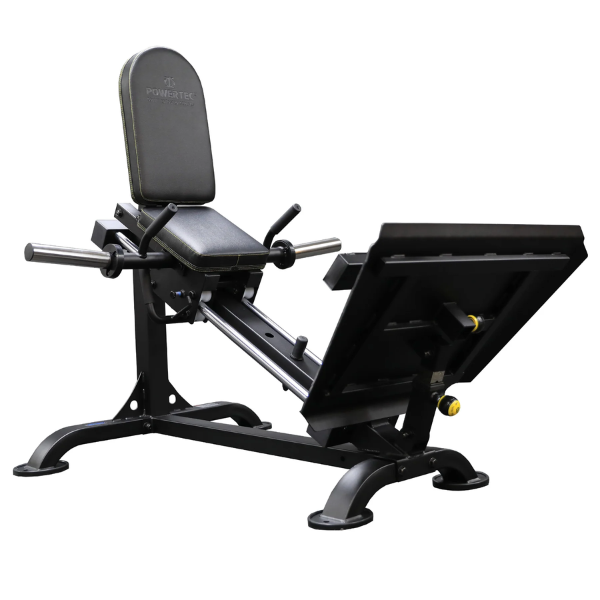
The Powertec Compact Leg Sled is designed for space-saving efficiency without sacrificing quality, making it perfect for home gyms with limited space. It delivers a powerful leg press workout and a full lower body exercise to improve mobility, demonstrating Powertec's dedication to high-quality equipment suitable for different workout environments and preferences.
Leg Press Frequently Asked Questions
How often should I change my foot position on the leg press?
Switching up your foot position on the leg press can be a game-changer in your workout routine. Rotate placements every few weeks to avoid plateaus, target various muscle groups, and address imbalances. But maintain consistency; allow ample time to assess each position's impact on your leg development before changing again.
Can I combine different foot positions in one workout?
Absolutely! Varying foot positions in leg press workouts provide a complete lower-body training session. Incorporate standard, wide, narrow, high, and low placements to target diverse muscle groups, enhance activation, and ensure balanced development. Just adjust the weights accordingly and maintain the proper form for each variation.


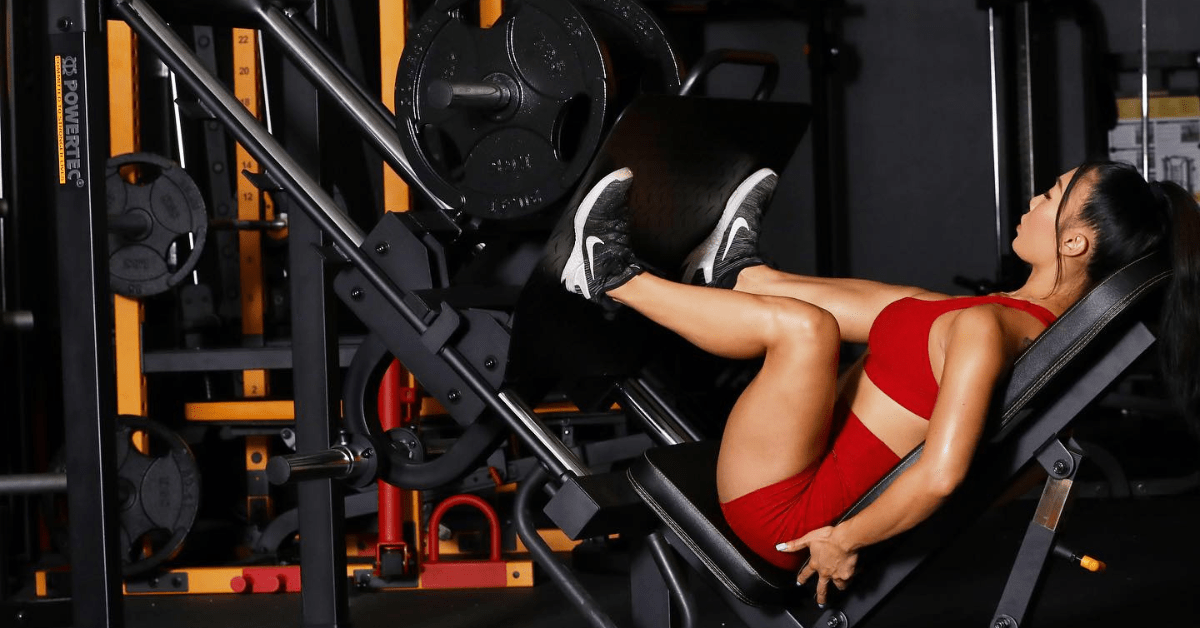
Leave a comment